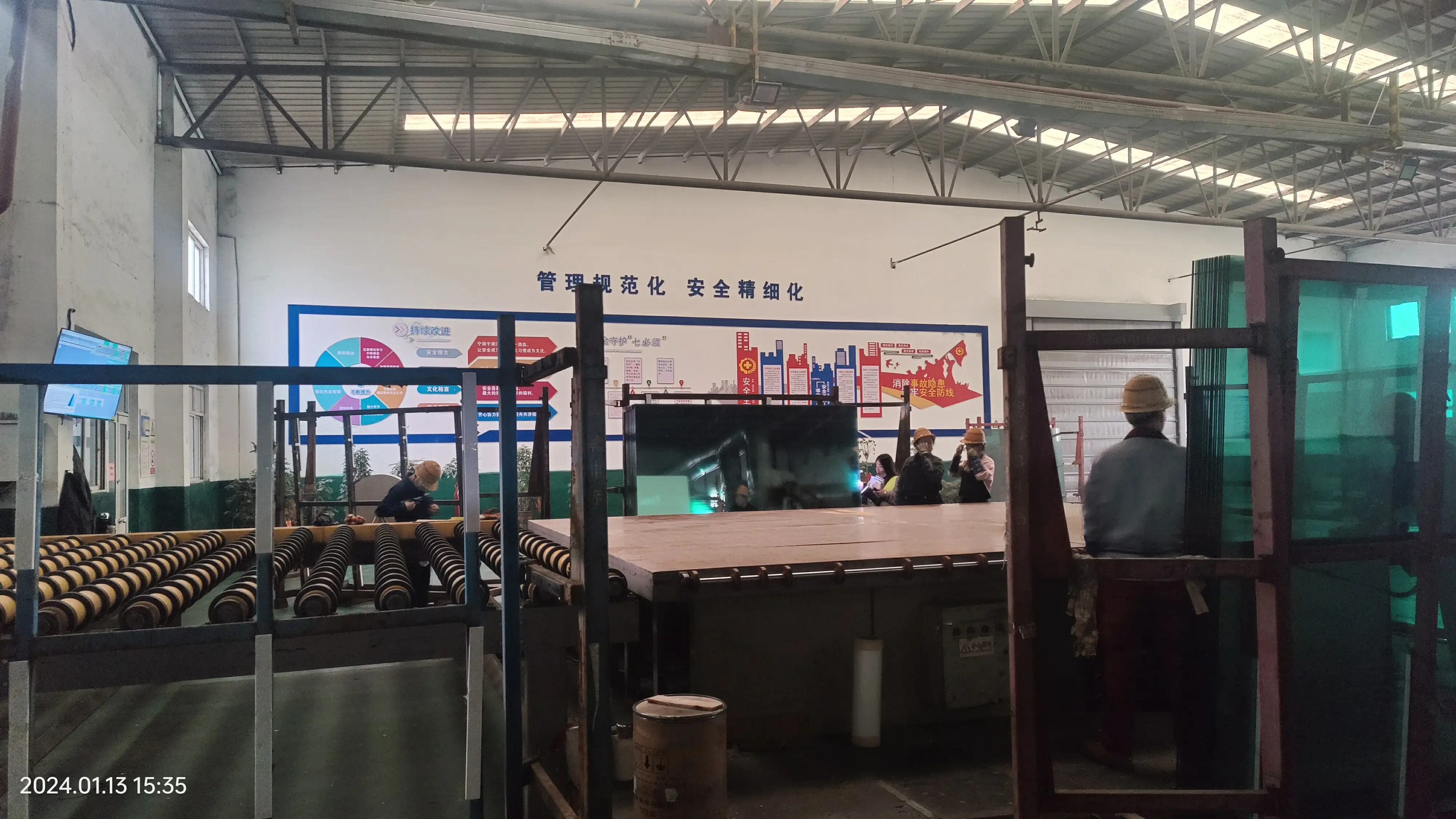

Understanding Tempered Glass A Comprehensive Overview
Tempered glass, also known as toughened glass, has become a popular choice for various applications due to its enhanced strength and safety features. This article delves into the properties, production process, and applications of tempered glass, illustrating why it is a preferred material in many industries.
What is Tempered Glass?
Tempered glass is made through a process of extreme heating and rapid cooling. Initially, regular glass is heated to temperatures of around 620 to 660 degrees Celsius (about 1,150 to 1,220 degrees Fahrenheit). This process alters the physical structure of the glass, making it significantly stronger than standard glass. The subsequent rapid cooling, known as quenching, helps to create compressive stresses on the surface of the glass, which enhances its durability.
One of the notable features of tempered glass is its safety. When broken, it shatters into small, blunt pieces rather than sharp shards, reducing the risk of injury. This characteristic is particularly important in public spaces and areas where safety is paramount.
Production Process
The production of tempered glass involves several critical steps

1. Cutting The glass sheets are cut to the desired dimensions. 2. Cleaning The cut glass is thoroughly cleaned to remove any debris or contaminants. 3. Heating The glass is gradually heated to the required temperature in a specialized furnace. 4. Quenching After reaching the peak temperature, the glass is rapidly cooled using air jets, which solidifies the structured changes. 5. Inspection Finally, the tempered glass is inspected for quality and precision to ensure it meets safety standards.
Applications of Tempered Glass
Tempered glass is widely used across various industries due to its strength and safety features. Some common applications include
- Architecture Its use in building facades, doors, and windows is prevalent due to its ability to withstand impact and thermal stress. - Automotive Many car windshields and side windows are made from tempered glass, which is essential for passenger safety during accidents. - Shower Enclosures The durability and aesthetic appeal of tempered glass make it an ideal choice for bathroom fixtures. - Furniture Coffee tables and shelves often utilize tempered glass for a modern look combined with safety.
Conclusion
In conclusion, tempered glass is a vital material that combines beauty with strength and safety. Its unique production process and excellent performance characteristics make it suitable for a wide range of applications. As industries continue to evolve, the demand for tempered glass is expected to rise, further solidifying its role in contemporary architecture and design. Understanding the properties and advantages of tempered glass is essential for anyone involved in construction, design, or manufacturing, as it allows for informed decisions in material selection to enhance safety and durability in their projects.